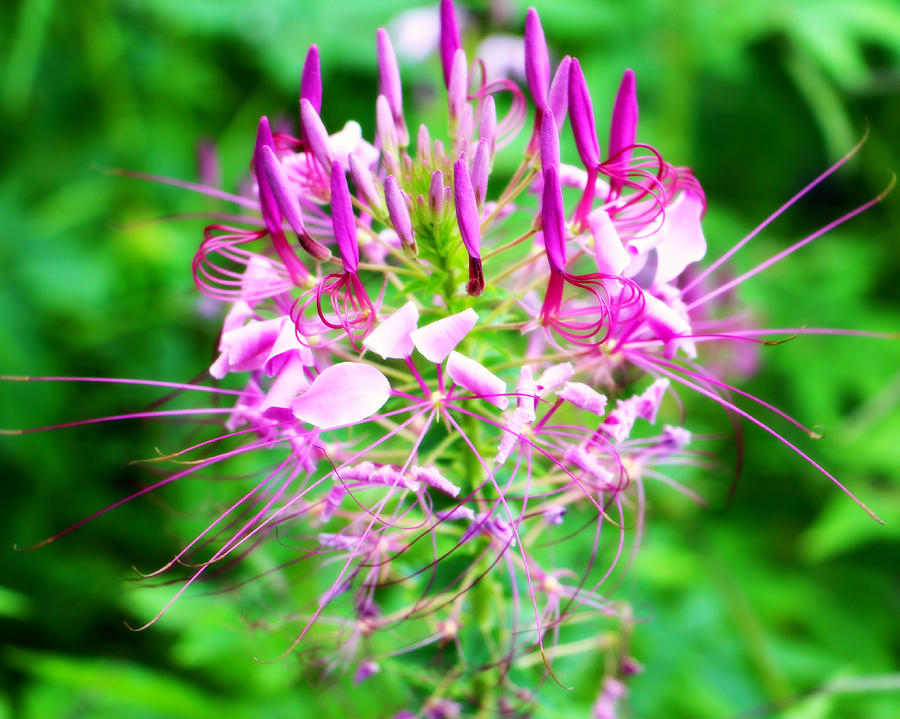

Cons: Plant roots grown in water are weaker than those grown in solid rooting media.The water should be changed when it becomes cloudy. Pros: In water, you can observe root growth, the plants are also easy to care for and they don’t require much space.Water: Monstera cuttings can be rooted in plain water.It may be more expensive than other media, but can be reused. LECA can be purchased online and at stores that specialize in propagation and hydroponics.Lightweight Expanded Clay Aggregate (LECA): Because of its excellent drainage, LECA can be watered more frequently without increasing the potential for damping off disease.Excessively wet, cool soil can cause damping off disease.Potting soil should be kept moist to prevent the cuttings from drying out.It provides support for new roots and good drainage. Potting soil: This media can be purchased in garden centers, hardware stores and online.Perlite is the most common medium used for Monstera deliciosa cuttings. Perlite: Provides support for the new plants, and oxygen and moisture to roots.It must also drain well to prevent the cuttings from rotting. The main purpose of rooting media is to maintain moisture and to support the cutting and its root development. deliciosa can be propagated in a variety of media. Leave about 2 inches of media between your cutting and your container. Transplant your cutting into a new container filled with moist potting soil.If roots have developed, you can transplant your cutting.If roots are few or haven’t yet developed, put your cutting back into the medium.Check for root development by lifting your cutting carefully using a popsicle stick, plant transplant or small spatula.Make a hole in the medium and insert your cutting.If using auxin, rub along the cutting’s node. Cut 1 to 2 inches below the node, along the internode.Multiple leaves on your cutting promote better rooting through photosynthesis. Find a node with an axillary bud (refer to the Monstera propagation map).Propagation by stem cuttingsįollow these steps to ensure your Monstera deliciosa stem cutting roots successfully. We recommend supplemental lighting in the early morning or late afternoon for 2 to 3 hours and misting your plant every 2 to 3 days. deliciosa will not grow on their own because new growth comes from axillary buds and nodes on the stem.Ĭuttings may be taken at any time of year. Cuttings that lack a node and axillary bud, such as the leaves, will not produce new growth and ultimately will rot. Monstera deliciosa can easily be propagated from stem cuttings, air layering or division as long as each division includes a node (the point where a leaf develops on a stem). While our homes may reach appropriate air temperatures, our indoor environments lack adequate humidity. deliciosa do not form flowers or fruit as houseplants. The fruit is ripe when the scales on the outside of the fruit start separating, showing the yellow-white flesh.

As the sheath dies back, the spike transforms into a fruit. deliciosa has a flower that consists of a white spike (spadix) and a sheath (spathe). Much like a peace lily or jack-in-the-pulpit (both belong to the same family as M. deliciosa plants have small holes in their leaves much like Swiss cheese whereas T. deliciosa's nickname: the Swiss cheese plant. deliciosa may be mistaken with the plant Thaumatophyllum bipinnatifidum (both were formerly in the genus Philodendron) and incorrectly called "split-leaf philodendron. Younger plants will lack perforations and deep lobes. deliciosa has distinctive leaves that are glossy green, heart-shaped, perforated, and deeply lobed and can reach up to several feet in width. A mature plant may reach more than 50 feet long and may be considered invasive in its native habitat. deliciosa is a vining plant, attaching to tree links and trunks with its aerial roots. Most varieties feature solid green leaves while the variegated forms are usually rarer.

deliciosa is typically available wherever tropical houseplants are sold.

It grows as an understory plant in its native Central America and became a popular houseplant in the United States in the 1950s thanks to the plant's large, tropical foliage and ease of care. Monstera deliciosa is commonly referred to as Swiss cheese plant, Mexican breadfruit, and hurricane plant.


 0 kommentar(er)
0 kommentar(er)
